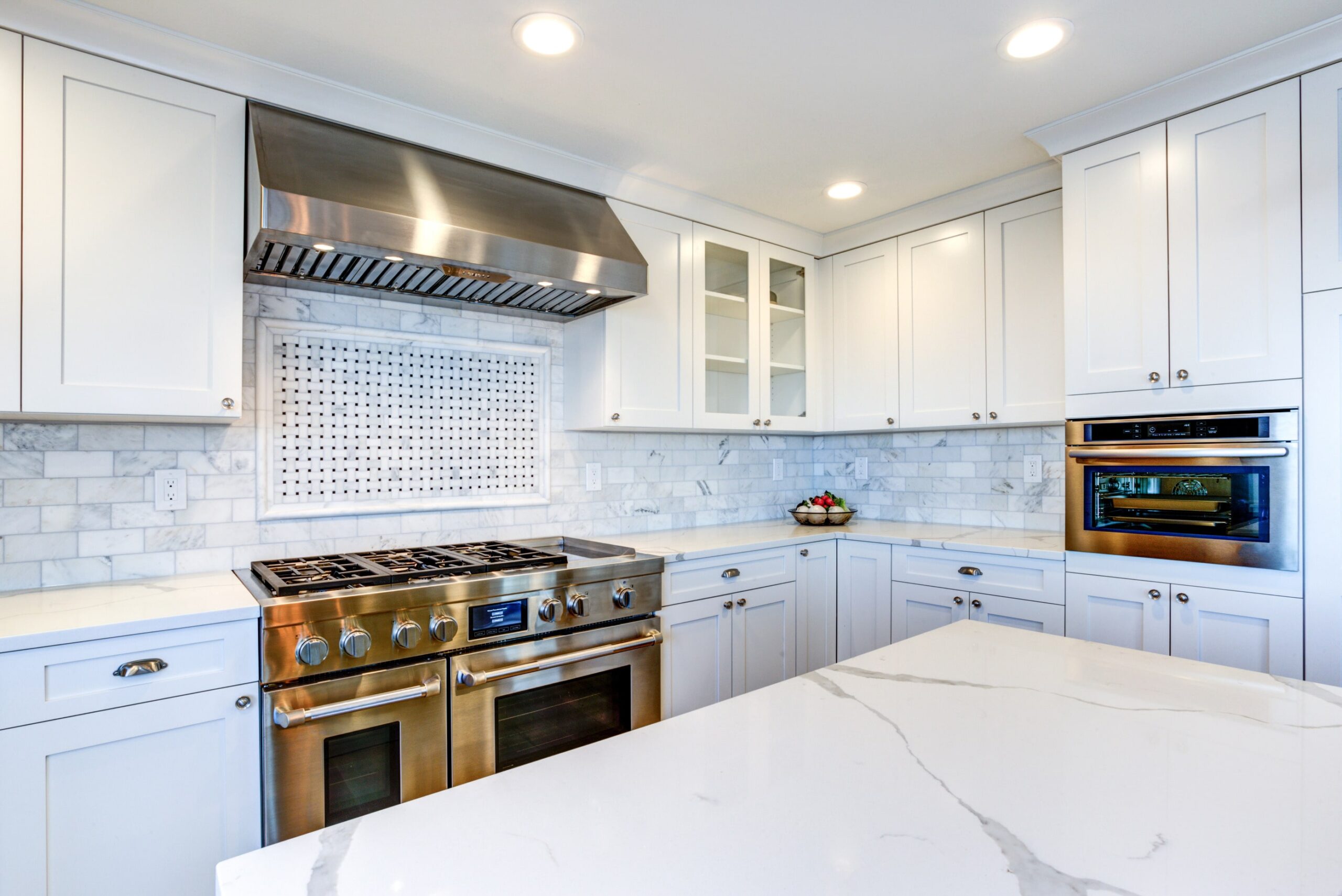Tackling a DIY countertop installation project can be an ambitious yet rewarding endeavor. It’s a decision that homeowners often weigh, considering the balance between potential cost savings and the challenges it entails. This extended guide aims to delve deeper into the intricacies of DIY countertop installation, offering a comprehensive look at the pros, cons, and crucial factors to consider before embarking on this home improvement journey.
The Allure of DIY: Pros
- Cost-Effective: The most compelling advantage is the significant reduction in labor costs. By taking on the project yourself, the primary expense becomes the materials.
- Personalization: DIY projects offer the freedom to tailor every aspect to your taste, creating a truly personalized space.
- Skill Building: It’s an opportunity to acquire new skills and knowledge in home improvement, which can be useful for future projects.
The Challenges: Cons
- Time Investment: DIY projects can be time-intensive, especially for those who are new to such endeavors. It requires dedication and a substantial amount of your time.
- Potential for Errors: The risk of making mistakes can be high, leading to additional costs or the need to redo the work. Common pitfalls include inaccurate measurements or improper handling of materials.
- Need for Tools and Equipment: Specific tools are required for countertops installation, which may not be readily available in a typical homeowner’s toolkit. The cost of purchasing or renting these tools can add up.
Critical Considerations
- Material Handling: Different materials pose different challenges. While laminate countertops are lightweight and more manageable, materials like granite or quartz are heavier and require careful handling to avoid damage.
- Layout Complexity: Assess the complexity of your kitchen’s layout. Kitchens with multiple angles, seams, or a need for sink cutouts increase the difficulty of the project.
- Structural Support: It’s crucial to ensure that your cabinetry and support structures are robust enough to support the weight of heavier countertop materials.
- Finishing Touches: Attention to detail is paramount. The finishing touches, like sealing and edging, can make a significant difference in the appearance and longevity of your countertop.
Embarking on a DIY countertop installation requires a balanced assessment of your skills, the project’s complexity, and a realistic appraisal of the potential for hidden costs or challenges. It’s a project that can offer immense satisfaction and a sense of achievement upon completion. However, recognizing when a project is beyond your scope and when to call in professionals can save you time, resources, and ensure a finish that you’ll be proud of for years to come.
In the end, whether you choose the DIY route or opt for professional installation, your new countertop will undoubtedly transform the heart of your home. Take the time to consider all factors, prepare thoroughly, and your kitchen will soon boast a beautiful, functional new feature that reflects your personal style and craftsmanship.
- Understanding Backflow Testing and Annual Fire Alarm Inspections: Essential for Safety and Compliance - April 1, 2025
- Preamplifiers – Significance, Types, Benefits - January 10, 2025
- The Science of Bass: Understanding How Subwoofers Work - January 10, 2025

